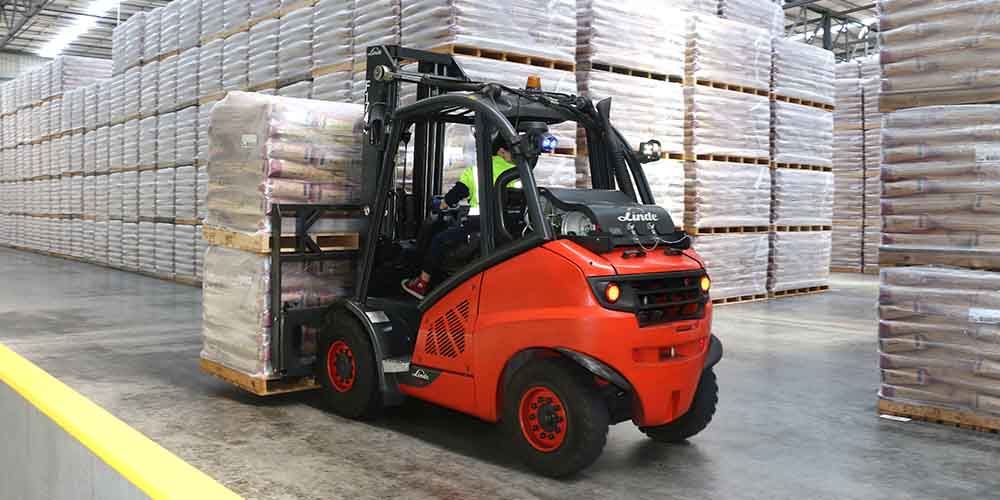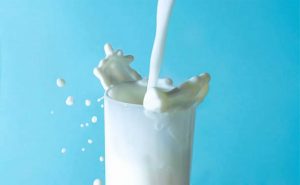Whole milk powder was down 7.5% and skim milk powder prices were down 4.6% while anhydrous milk fat prices rose 3% but remained significantly lower than year-ago levels.
In Westpac’s latest dairy update, senior agri economist Nathan Penny said the result partially reversed some of July’s price gains. Over the two July auctions, WMP prices had surged nearly 15% and overall prices had lifted nearly 8%. Prices were now back below their pre-Covid 19 levels.
The steep price fall came as several countries battled renewed outbreaks and as global Covid 19 case numbers continued to increase rapidly. Some dairy markets that were successfully containing the virus had now seen cases spike again, and it appeared markets had begun to act on that renewed Covid risk and pushed prices lower once again, Mr Penny said.
With spring approaching, New Zealand dairy production would soon begin to increase and, similarly, dairy auction volumes on offer had begun to rise in anticipation of the spring increase.
The quantity of product sold in this week’s auction lifted 36% from the previous auction, while the lift for whole milk powder was around 48%.
Westpac had expected a modest fall in auction prices, largely reflecting that seasonal increase. The bank estimated the increase accounted for up to 2% of the WMP fall, meaning the market reaction to Covid-19 developments most likely accounted for the remaining 5% or so of the fall.
Despite the price fall, current prices remained consistent with the bank’s $6.50kg milk price for 2020-21. It had allowed for prices to fall further over the spring, although this week’s steep fall meant there was “a little less wriggle room” than previously.
US-based RaboResearch dairy analyst Thomas Bailey said this week’s auction did not necessarily mark the end of price support for New Zealand dairy products but it was aligned with Rabobank’s broader view “that the road ahead will be bumpy”.
Buyer activity was reflective of weaker demand in North Asia with their share of purchases falling to 56% of total volumes won, versus 62% at the last event. Shares of winning buyers from other markets increased marginally making up for some of the declines in North Asia.
The question remained around the stability of Chinese demand for dairy products. Demand in China was not as strong at the consumer level as recent indicators such as trade and price reflect. Demand in both food service and grocery-retail contracted in June (inflation-adjusted), Mr Bailey said.
The apparent Chinese demand which was thought to be consumer-led appears to be due to a shift in business planning, resulting in companies carrying more inventory than normal, to ensure food security.
At some point, the bank expected a softening in Chinese demand for imports, as domestic production and inventories remained high with soft end-user demand.













